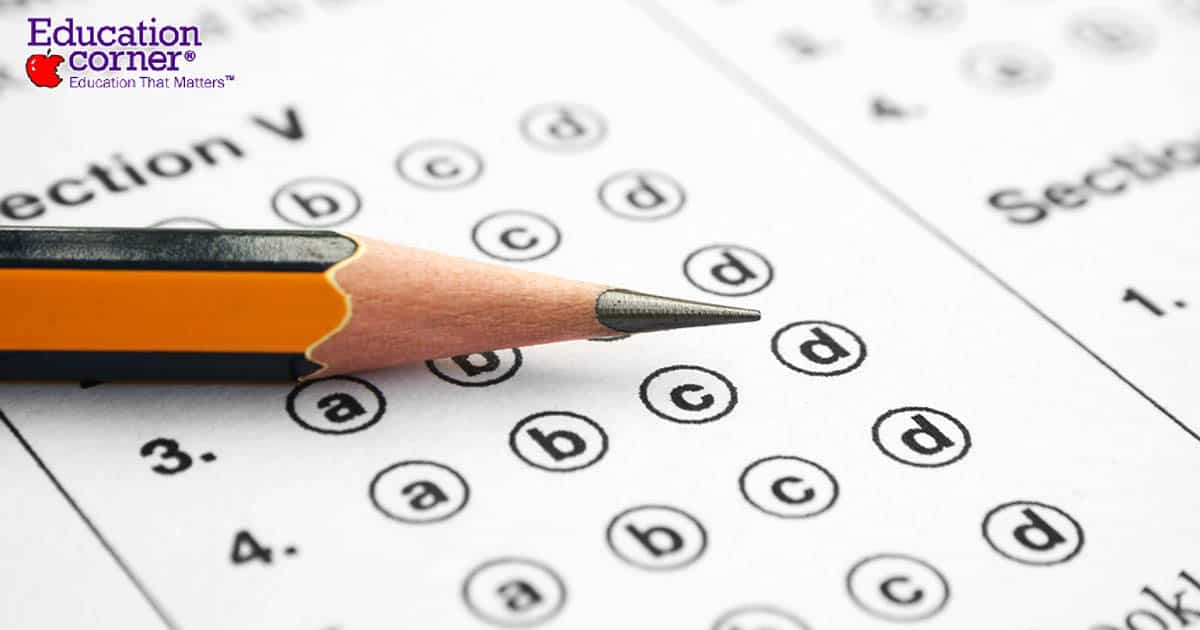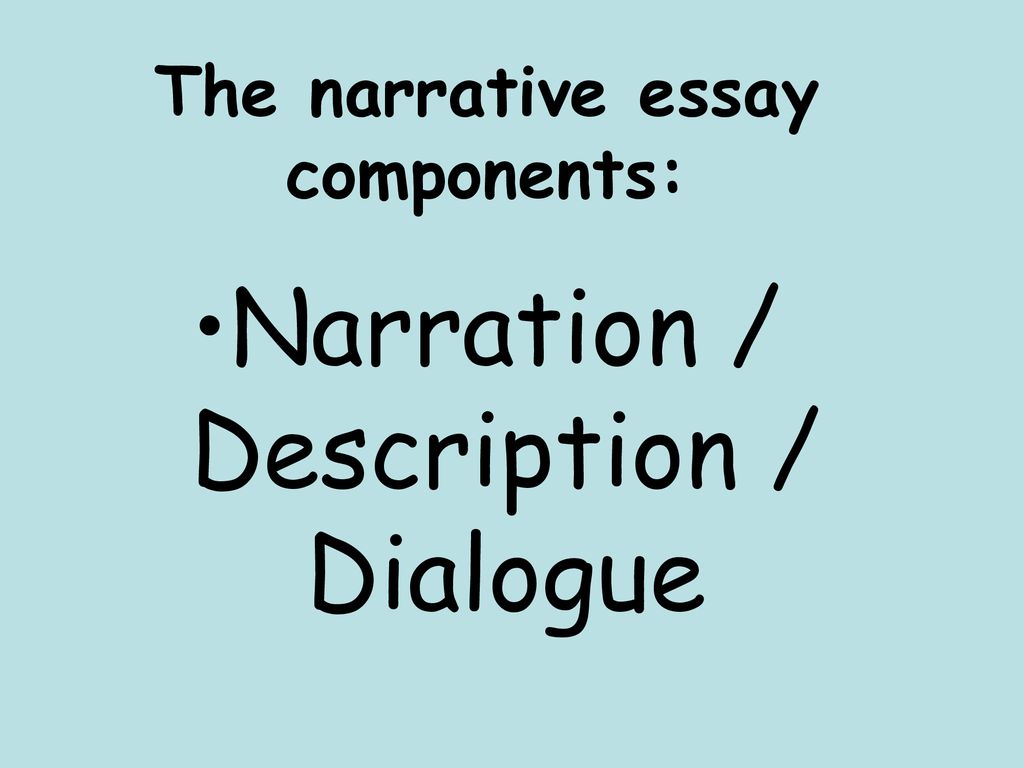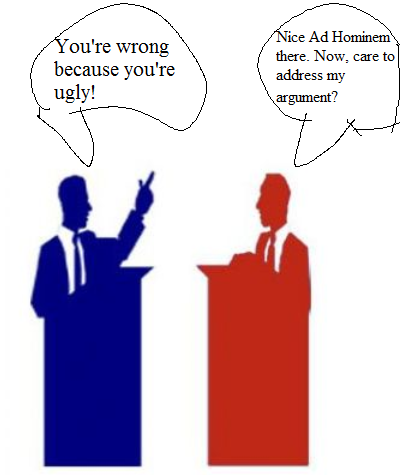Your reading comprehension exercises now only appear on Paper 1 of your English A CSEC Examination. In the past, they were given in the formats of Short-answer and Multiple-choice questions, but now the only format is Multiple-choice.
Multiple-choice here means that you are given FOUR (4) options from which to choose ONE, the correct answer.
Below, you will find some tips on how to approach the passage as well as the questions.
Before we dive into those, let us look back at what makes up the paper 1 exam:
*Composition of Paper 1
This paper consists of 60 compulsory multiple-choice items arranged in two sections. Section One consists of 25 discrete items and Section Two consists of 35 reading comprehension items
based on five stimuli as follows:
- one poem
- one literary extract (for example, novel, short story, biography, diary, letter)
- one expository extract (for example, encyclopaedia extract, report, instructions, newspaper article, texts of speeches, transcript of conversations)
- one argumentative extract (for example, a worded advertisement, a speech or a letter to the editor)
- one visual extract (for example, table, chart, form, diagram, map, cartoon, picture advertisement)
* Taken from the CSEC Syllabus 2017
The above can be grouped into three (3) categories:
- Prose
- Poetry
- Graphic
HOW TO APPROACH THE QUESTIONS:
Generally, you are advised in exam conditions to read the questions before the passage, so that when you are reading, the answers "jump out" at you.
After reading the passage the first time for a general understanding and the second (or third, etc.) time to analyse for writer's intent, et cetera, use the Process of Elimination to mentally:
· Cross out the two options that have nothing to do with the answer
· Cross out the distractor (closely resembles the answer)
What remains should be your answer.
Click on the video below for some more explanation:
HOW TO APPROACH THE PASSAGES:
- PROSE COMPREHENSIONS
Definition: Ordinary written language,
arranged in paragraphs.
Steps to take when analysing prose passages
1) Identify the main idea
2) Describe the tone of the passage
ü Ask yourself who is speaking and what tone of voice he/she uses;
note that the writer’s tone is always related to his/her intention
ü His/her intention may be (a) to give information, (b) to give
pleasure (entertain) or (c) to persuade
3) Ask: what kind of passage is this? There are three types:
ü Literary (extract from a novel or story)
ü Persuasive (extract from a newspaper article, letter to the editor,
speech, et cetera)
ü Expository (explanations of how things are done, made or came into
being)
Literary passages
This passage is built through:
Ø Narration – telling the events or happenings in the story
Ø Description – details of people places or things
Ø Dialogue – conversation between two or more people
With this type of passage you need
to:
a) Identify the tone of the
narrative – look for words which have positive or
negative connotation(implied meaning of words) and ask yourself what tone they
seem to convey (pleasant/disgusting; critical/appreciative)
b) Read descriptions
carefully – descriptions are details that bring
characters and their surroundings vividly alive. Ask yourself the following
questions:
Ø how does the description of characters and their surroundings help
me to better understand this passage?
Ø What kind of atmosphere (mood) is being built up through the
descriptive details (e.g. evil, lively, etc.)
c) Look for the purpose of the
dialogue – who is speaking? To whom is he/she
speaking? What do the characters hope to achieve through what they say? What
kind of language do they use and why?
Persuasive/Argument
The writer presents his opinion in
different ways, according to the type of reader he is aiming his argument at.
You need to ask:
a) Which particular set of readers is this passage aimed at? E.g.: the
public in general; parents; someone in authority
b) How can I separate factual statements from opinions expressed in
this passage? Factual statements can be verified (proved true or false) while
opinions cannot.
Note the following:
i. This woman is a nun. (fact: can
be verified)
ii. This woman is one of the
kindest nuns who ever lived. (opinion; not everyone would agree)
c) Does the writer choose words that are designed to get people to
react a particular way?
Note:
Ø Unsuspecting/gullible public
Ø Careful/overprotective parents
Ø Talkative/ raucous children
Note that the descriptive words on
the left give a positive impression of the group being described; while those
on the right were designed to get the reader to have a negative reaction to
them. Words which are meant to have a strong emotional appeal are called loaded words. The presence of these
words indicates that the writer is not being objective in the way he presents
his argument. He is showing bias.
Expository passages
You need to ask:
ü What type of process is being explained (scientific, technical,
geographic, et cetera)?
ü Are there special terms (jargon) used?
ü Have I grasped these explanations or do I have to reread them
carefully in order to be certain?
You may be asked to identify the writer’s method of developing his paragraphs, such as:
ü Facts and examples
ü Comparison and contrast
- POETRY COMPREHENSIONS
Steps to take when analysing poems
Understanding the poems
1. try to understand the different
meanings presented in the poems:
a)
literal – the explicit meaning of words, phrases, sentences or the poem on a
whole
b)
figurative – the hidden meaning: abstract, imaginative and symbolic
2. try to understand the
techniques which the poet uses to convey meanings. For example:
a)
diction – choice of words and how they are used, e.g. “agonizing” instead of
“painful”
b)
imagery – how the pictures painted relate to each other
c)
sound effects – onomatopoeia, alliteration, assonance, consonance, rhyme – “s” shows resonance; “d” shows sharpness; “o”
shows howling / long loud wailing\
d) symbolism – a concrete thing that represents an abstract idea e.g. the cross is
a symbol of Christianity; a skull with
crossed bones
represent danger/death; white flag – peace/surrender
Answering poetry questions
1. Identify the main ideas
(theme)in the poems.
You are required to ask: What is this poem about? What
issues are being highlighted? Is it love? Life? Death? Or nature?
·
If it is love, decipher whether
someone is getting or losing it
·
Life – what it means; how it is
lived
·
Death – how it comes
·
Nature – the different aspects
of it (disasters –hurricanes; seasons, trees; the ocean, etc.)
2.
3.
Figures
of speech – simile, metaphor, personification, pun,
hyperbole, oxymoron, paradox
Literary
devices – rhetorical questions, repetition, symbolism,
sarcasm, irony
III. GRAPHIC
Definition: relating to visual art, especially involving pictures, graphs, diagrams, maps, et cetera.
*Types of Graphic Information
As you read, you will encounter many different types of graphic information. Let's learn about a few of them.
- Pictures - Have you heard the old saying 'A picture is worth a thousand words'? It really is! Pictures reveal details about a topic that written text can never capture.
- Maps - Maps allow us to form a mental picture of places and physical movements across a landscape. Readers often encounter political, physical, climate, topographic (the shape of the land), road, and economic or resource maps as well as thematic maps that show everything from battles to population growth.
- Graphs - Graphs offer a visual portrait of data and its relationships. Texts feature line graphs that show changes in data over time; bar graphs that make comparisons over time and between groups; pictographs that represent data through pictures; and pie graphs (often called pie charts) that show parts of a whole.
- Charts - Charts show organizational relationships (like a family tree) or processes (like a flow chart).
- Diagrams - Diagrams often provide a visual portrait of how something works or is put together (like a schematic) or of how sets of data overlap (like a Venn diagram).
- Picture Advertisements - Picture ads show the product/goods (shampoo, car, pots or gadgets) or service (banking, supermarket, airline, etc.) being offered to a consumer.
How to Analyze Graphic Information
We readers must never, ever skim, skip, or ignore graphic information in a text. In fact, we must carefully analyze each graphic, examining it closely to draw out as much information as possible. To do so, follow this process:
1. Take an initial look at the graphic and to determine what kind it is. What strikes you right away as interesting or important?
2. Determine the topic of the graphic. What is it about? What kind of information is it sharing?
3. Read all the accompanying text. Read the titles, captions, map keys, labels, and any other text surrounding the graphic. Don't skip anything; it is all important to your understanding of the graphic.
4. Look closely at the graphic itself. Notice its details, read its information, and jot down interesting points and questions you might have. Spend the time to really get to know the graphic. Ask and try to answer some important questions for each type of graphic.
- For a picture, for instance, think about who or what is pictured and try to figure out how the photographer or artist portrays the person, object, or event.
- For a map, identify the type of map used, the area it covers, and its theme.
- For a graph, figure out its type, the kinds of data it presents, and the relationships it shows.
- For a chart, determine whether it shows a relationship or a process.
- For a diagram, think about whether it presents how something works or is constructed, or whether it shows overlapping data.
- For advertisements, ask: what is the advertiser selling? Is it appealing to my desires? (to fit in, to be safe, to be fashionable, to have clear skin, etc.)









No comments:
Post a Comment